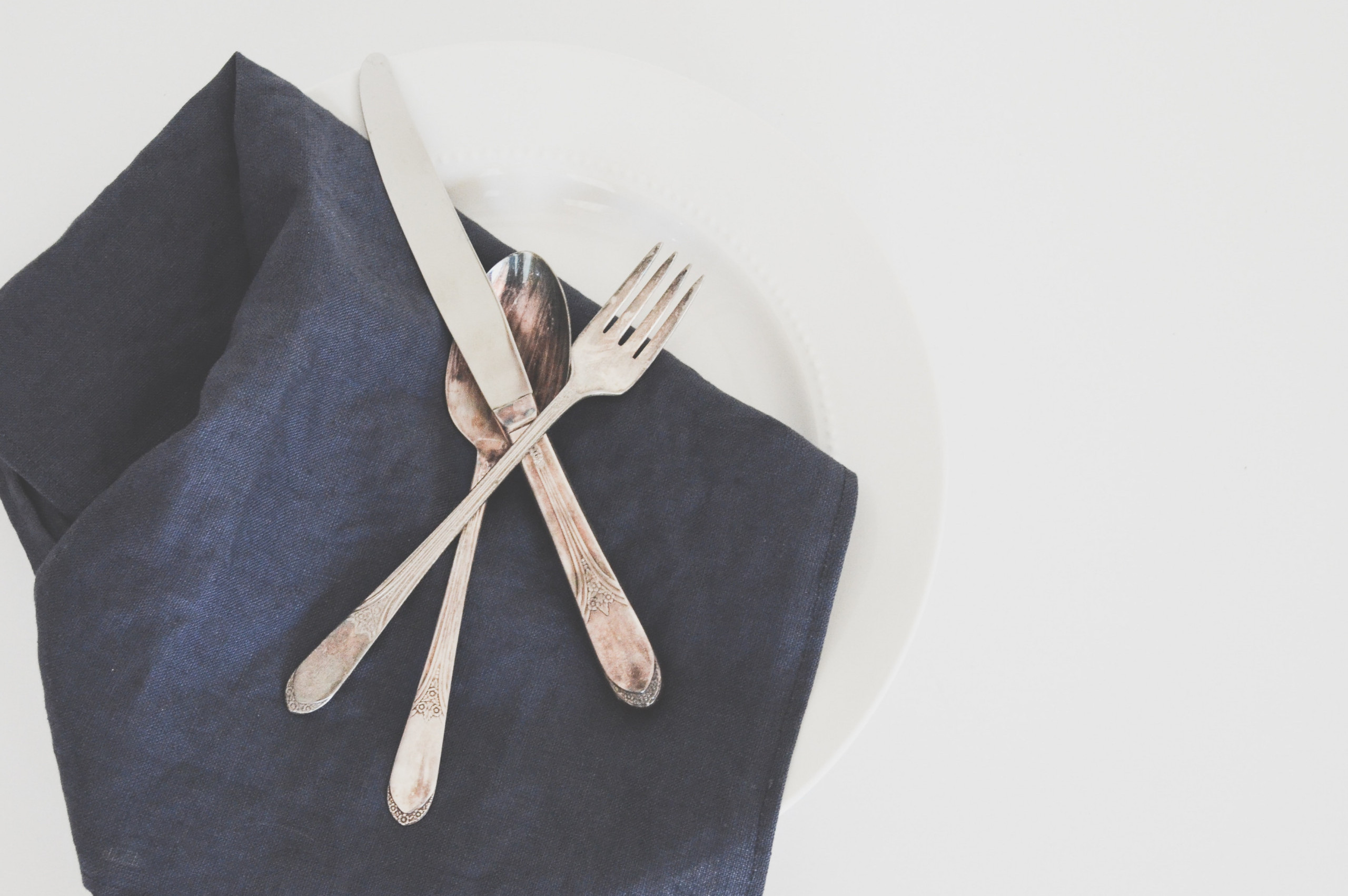Living with ARFID: Beyond Picky Eating
I found out I wasn’t just a fussy eater when I was 29 years old. Before that, I’d stumbled through life feeling a bit odd whenever the subject of food came up but with no means of explanation beyond, “I don’t like many foods.”
I was doomscrolling Facebook when I came across an article about a young kid who survived by eating Birds Eye Chicken Nuggets. Birds Eye had decided to change the recipe and this child was not a fan of the new one. So his mother was desperately appealing for help in finding more boxes of the old recipe whilst trying to find something new for him to eat.
It was the usual sort of clickbait headline followed by a poorly researched article from the bottom tier of journalism that was designed to stir up a hornet’s nest of hate in the comments in the interest of “engagement.”
However, as I read the article something really resonated with me. This kid’s mother talked about a condition called ARFID, something I had never heard of before, and my curiosity was piqued enough to Google it afterwards.
The more I read, the more I was convinced I had found an answer that I hadn’t known I was searching for. I wasn’t just oddly fussy about food, it was an eating disorder.
Now, you wouldn’t have looked at me at this point of my life and thought I had an eating disorder. If anything, I was on the festively plump side of the weight spectrum and I’d always, incorrectly, associated eating disorders with being too skinny.
I explored treatments for ARFID. A hypnotherapy professional in London who had rave reviews but was out of my price range. I spoke to a nurse at my local GP’s surgery and got lucky. She referred me and I managed to secure a few sessions of Cognitive Behaviour Therapy (CBT) with one of their therapist.
The lady I saw had never heard of ARFID but was a willing listener. She went away after our first session and did her research on my condition. My first few sessions explored how I’d got to that point, my history with food and the things that had built my relationship with eating into what it was.
I found out from my mum that I’d first begun to refuse food at just two years old after a bad experience with liver. (I know right, who feeds liver to a two year old!) The more I looked back at it, the more I realised that my childhood was littered with negative memories of food.
I was chronically underweight and remember being in and out of hospital for blood tests to determine the cause. Who’d have thought the answer was as simple as, he doesn’t eat enough food!
My parents divorced when I was seven and on my weekly visits to my Dad’s house, I’d be allowed to eat cheese on toast every week followed by some pudding.
Back at my Mum’s house, I had a couple of stepfather’s over the years who were not naturally gifted at interacting with children. If I didn’t want to eat what was put in front of me, that was my problem. I’d eat if I was hungry. No, I couldn’t have dessert if I didn’t eat my dinner.
The two approaches were not aligned and looking back now, neither were close to being the approach that was needed to help me.
I’d urge any parents of a child with ARFID reading this to understand that your child is not able to just eat that food and you need to have a consistent approach that involves love and understanding if you want to help them get past it.
Ultimately, I ended up having a terrible relationship with my mother that led to me leaving home a month before my sixteenth birthday and moving into a bedsit.
From there, I was suddenly in charge of all my own meals and, with the benefit of hindsight, that was catastrophically bad for me. The few vegetables that I may have managed to force down me before were shifted to the do not eat pile. Junk food was propelled to the top of the list.
I spent a few years spiralling out of control with both my diet and my life. I was 16 with my own accommodation so I inevitably fell in with a bad crowd, going off the rails quite spectacularly in a short space of time.
I had a very short, sharp shock in my early twenties that helped me get my life back on track, with the support of the woman who would become my wife.
But all the way through both the darker days and then the subsequent turnaround, my list of safe foods continued to dwindle. And as I unpicked all of this with my therapist, she was amazed that I’d got back on track at all.
At this point, I ate white bread, crisps, some safe meat products, sweets and chocolate. That was about it. There were zero vegetables and next to no fruit in my diet. I couldn’t eat the staples of most peoples’ diets like pasta and rice. No kind of sauce or flavouring was allowed on my foods. If a plate of food had been blemished by the presence of a non safe food, I couldn’t eat it. It was a nightmare eating out so I just didn’t really do it.
After we had explored how I had reached this point, we started to think about how we could move past it.
I started off by creating a list of foods in several different categories.
- Safe foods that I eat regularly
- Foods I could eat in rare circumstances
- Foods that were safe within a specific brand or premiumisation ladder
- Foods I used to eat and might be able to still but would never voluntarily choose when hungry
- Foods I would like to eat but avoid- But can envisage being able to eat if treatment worked
- Foods I would like to eat but avoid- But still can’t envisage being able to eat if treatment worked
- Foods I can’t envisage eating in any circumstances
In the next session, I brought in two items that I had previously been able to eat but hadn’t done so for donkey’s years. We explored, at length, the feelings I had towards the food in front of me. What was putting me off eating it? Was it the taste? Was it the texture? Was it the smell? Over the next few weeks, all of these things presented challenges with different foods.
In the first couple of sessions, I gagged. I vomited. I felt like an idiot. Why couldn’t I eat a banana? What was wrong with me?
But my therapist was extremely patient with me. There was no judgement and I had begun to see that little room as a safe space where I could try new things without fear.
I learned quite quickly that when I managed to get past the fear, I could try things. I also learnt that being able to do so was no guarantee that I would like it. But I found things that I could tolerate. And occasionally, I found something that was genuinely likeable.
The therapist was great at asking probing questions that got me thinking about my relationship with food and the way I thought about specific foods.
During a session where I was trying raspberries for the first time in about 20 years, she asked me why I was picking the lighter coloured ones. I explained that the darker ones looked like they had gone off a bit and so I avoided them.
I was persuaded to try a darker berry and to my amazement found that it tasted much nicer than the lighter ones.
Ultimately, I finished the sessions that I had been given with an open mind, a few new items for my diet but I wasn’t cured. I needed to keep trying new things and building on the work we had done in the sessions.
I’m ashamed to say that I failed at that task. Over the next few years, I kept a number of extra items in my roster of safe foods which has led to a slightly more balanced diet but I still shied away from trying new things after a brief attempt at keeping up the momentum we had built.
In truth, it was easier to accept failure than it was to try and succeed on my own.
I ended up being referred to First Steps ED at the beginning of 2023 and was lucky enough to be able to do some more sessions with them to try and get back on track.
The sensation of my mouth drying up and not being able to swallow when chewing something new remains sometimes but I feel like I am making progress again. I am optimistic for the future.
So, here I am at 35 years old. Still fighting against something that has blighted my life since I was a toddler.
Except, I am now a father of two young girls and my eldest (Almost three!) is beginning to notice that I don’t eat the same meals as her. I am terrified every time my two year old announces she doesn’t like something on her plate that this is her first step on the same journey.
ARFID is crap. There’s no two ways about it. But you can get better if you want to.
It might not be getting better in the sense of being able to eat everything that your partner or friends eat but with a small amount of determination and the right help, you can get levels above where you are now.
I wish anybody reading this blog, all the best will in the world to find the courage to ask for help and start their own journey to recovery!



